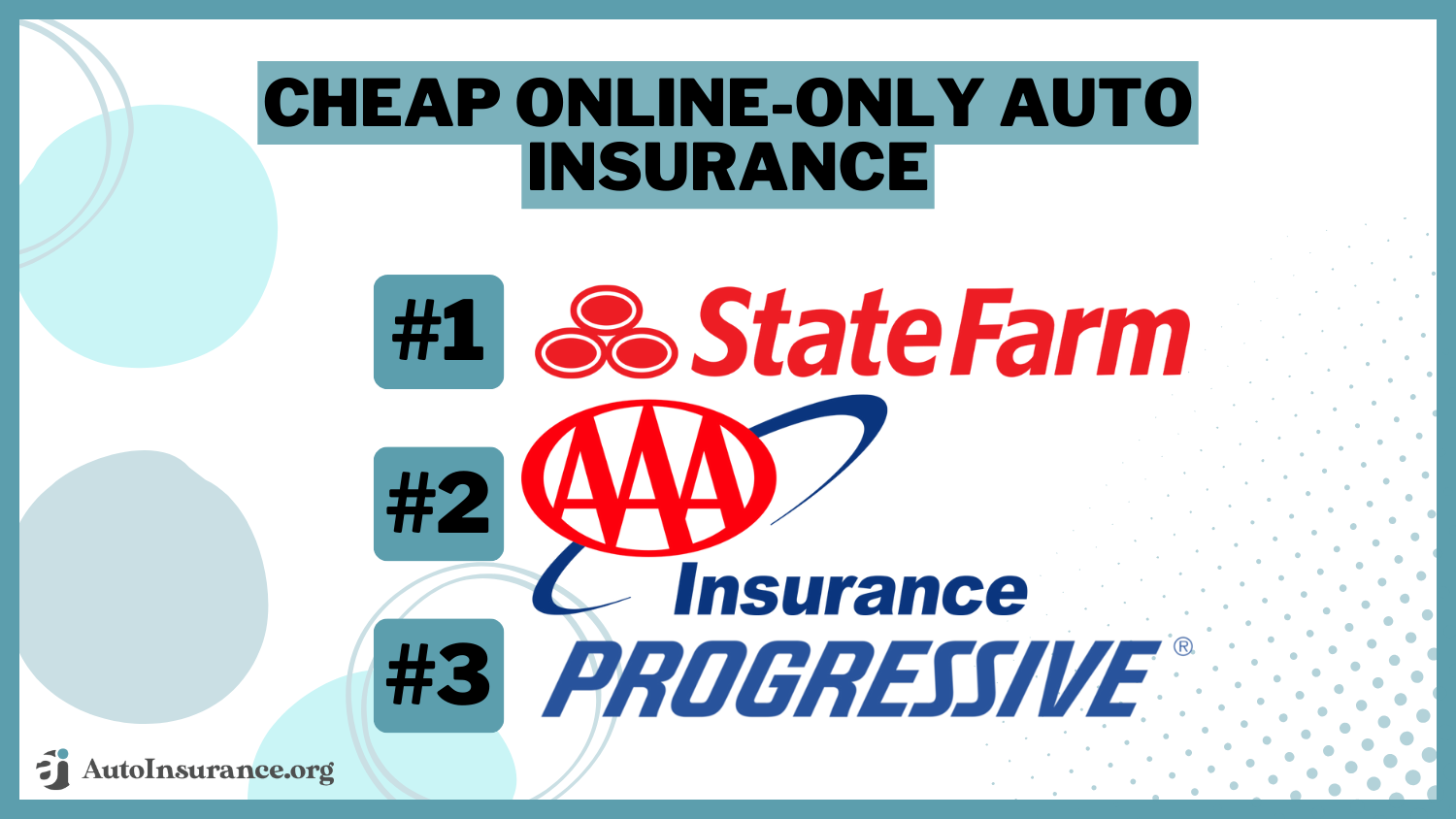Navigating the landscape of car insurance can often seem intimidating, due to a multitude of options and terminology that might leave many being lost. Selecting a suitable auto insurance policy is more than about fulfilling legal requirements; it’s about protecting yourself, your vehicle, and your financial future. Given countless providers vying for attention, understanding the intricacies of coverage options, premiums, and claims may make a significant difference in securing a policy that truly matches your needs.
Car insurance is vital for every driver, supplying a safety net against unforeseen events that may occur on the road. Whether it’s accidents to theft or natural disasters, having the right coverage can lessen financial stress and ensure peace of mind. As we explore further into the components of car insurance, we will unravel the complex language and help you make informed decisions that align with your individual circumstances.
Understanding Car Insurer Basics
Automobile coverage is a essential monetary service that safeguards vehicle owners from potential losses caused by accidents, theft, or damage. It delivers coverage for various incidents, empowering motorists to feel more secure on the streets. Selecting the right auto coverage can be confusing due to the countless choices available and the particular conditions that differ from one plan to another.
Typically, vehicle coverage policies comprise multiple key elements, including liability coverage, impact coverage, and extensive coverage. Third-party coverage helps finance for damages or harm you may bring upon to others in an incident. Impact coverage shields your own vehicle in instances of crashes, while full coverage covers non-impact incidents such as theft or act of God disasters. Comprehending these elements is essential for picking a contract that suits your needs and budget.

In evaluating the price of auto insurance, several elements influence the decision, including the operator's age, road background, type of automobile, and place. Insurance companies examine these considerations to calculate rates and select insurance choices. Understanding what impacts your coverage costs can help you to make educated choices to achieve the ideal harmony between protection and financial feasibility.
Categories of Car Coverage Plans
Auto insurance policies can be broadly classified into several types, each created to provide different degrees of coverage based on personal needs. The most common kind is liability coverage, which covers losses to third parties and their assets in the event of an accident where you are at faulted. This is typically mandatory by regulation and guarantees that drivers can reimburse others for their harm and property damage.
Another important type of policy is collision coverage, which protects against loss to your personal car resulting from a crash with a different car or object, irrespective of fault. This is particularly beneficial for recent or more high-value cars, as it assists with repair costs and protects your investment. Additionally, full insurance provides protection for non-collision-related incidents, such as robbery, vandalism, natural disasters, and animal strikes, providing a more extensive protection for vehicle owners.
Lastly, there are specialized policies like underinsured motorist protection, which protects you in the event of an accident with a driver who does not have insurance or has insufficient coverage. There is also individual injury protection, which covers medical expenses and lost wages for you and your passengers after an incident. Comprehending these various types of car coverage policies helps consumers make educated decisions suited to their particular needs and circumstances.
Elements Determining Car Coverage Costs
Multiple factors contribute in the assessment of automobile insurance premiums. One of the most significant influences is the driver's details. Age group, gender, marital status, along with driving record each plays key roles. Less experienced drivers, notably males, tend to face increased rates because of perceived greater risk. Moreover, a good driving record with minimal accidents as well as traffic violations can lead to lower rates, while a pattern of claims can increase premiums substantially.
The kind of vehicle insured also influences car auto insurance costs. Cars with superior safety ratings and lower theft rates usually attract lower costs. Conversely, vehicles that are costly to repair and are more likely to be stolen may lead to increased insurance costs. Furthermore, the vehicle's age along with the availability of safety features, like automatic braking and anti-lock brakes, can also affect premium calculations.
Geographical location is a further key factor affecting car insurance premiums. Areas with high crime rates as well as dense traffic might lead to higher premiums as a result of the greater likelihood of accidents as well as theft. Insurers can also evaluate local weather patterns, as regions prone to natural disasters may see higher rates. Therefore, understanding full coverage cheap car insurance influencing factors can help drivers formulate educated decisions regarding their car insurance coverage.
